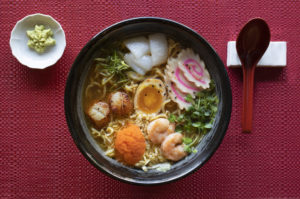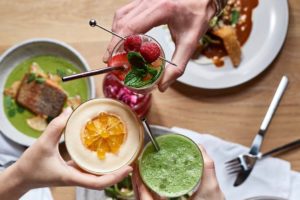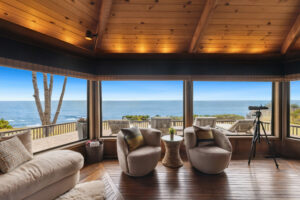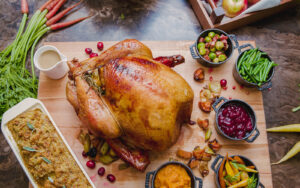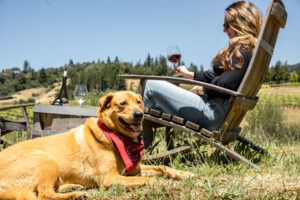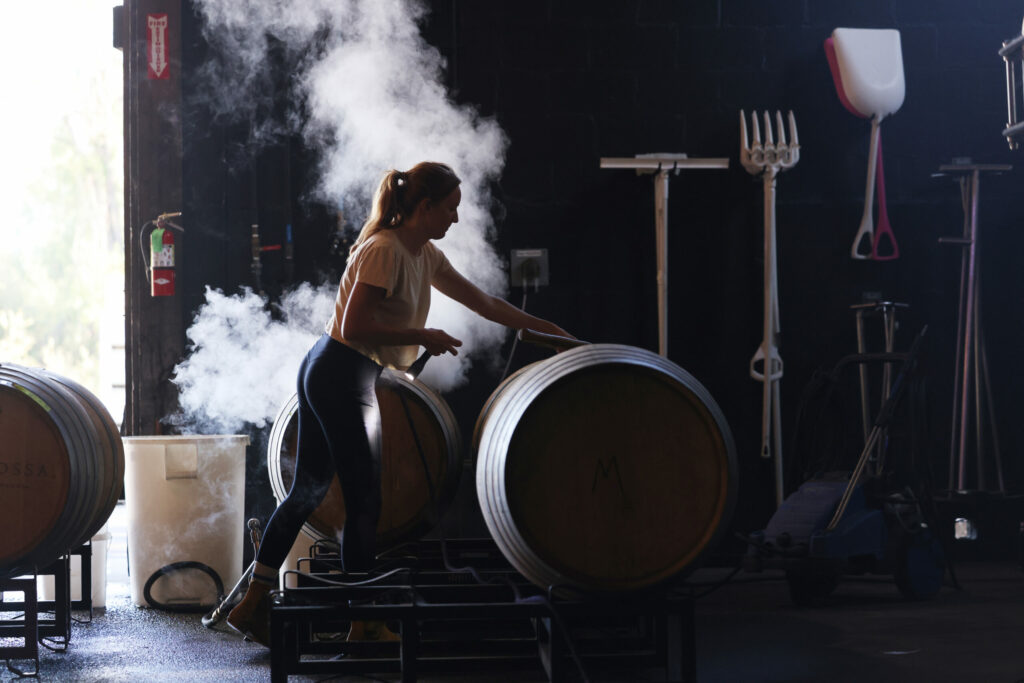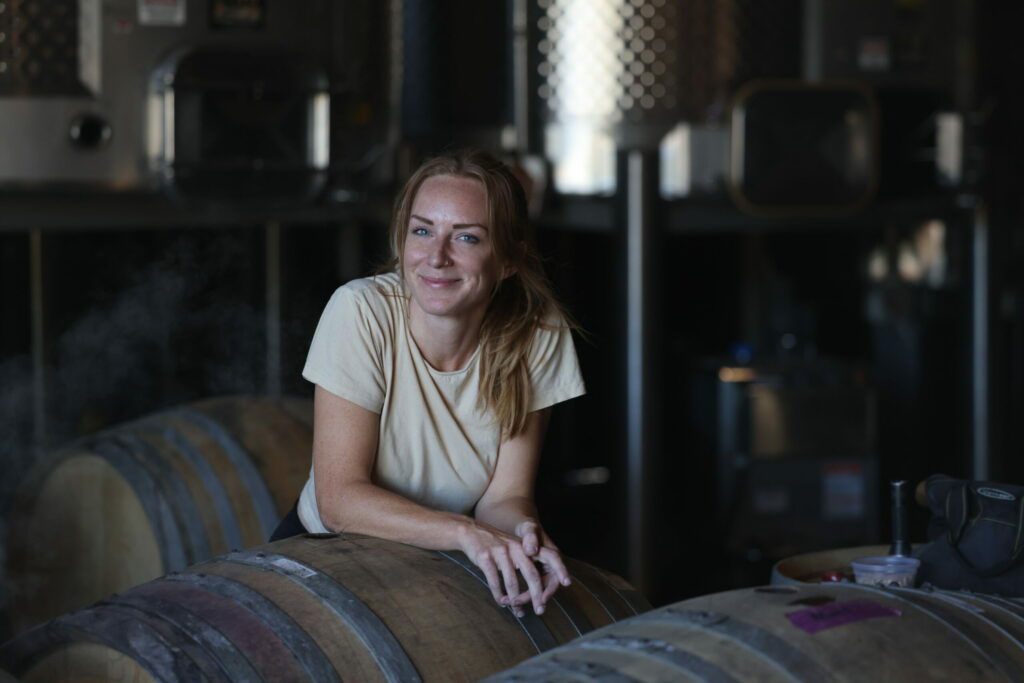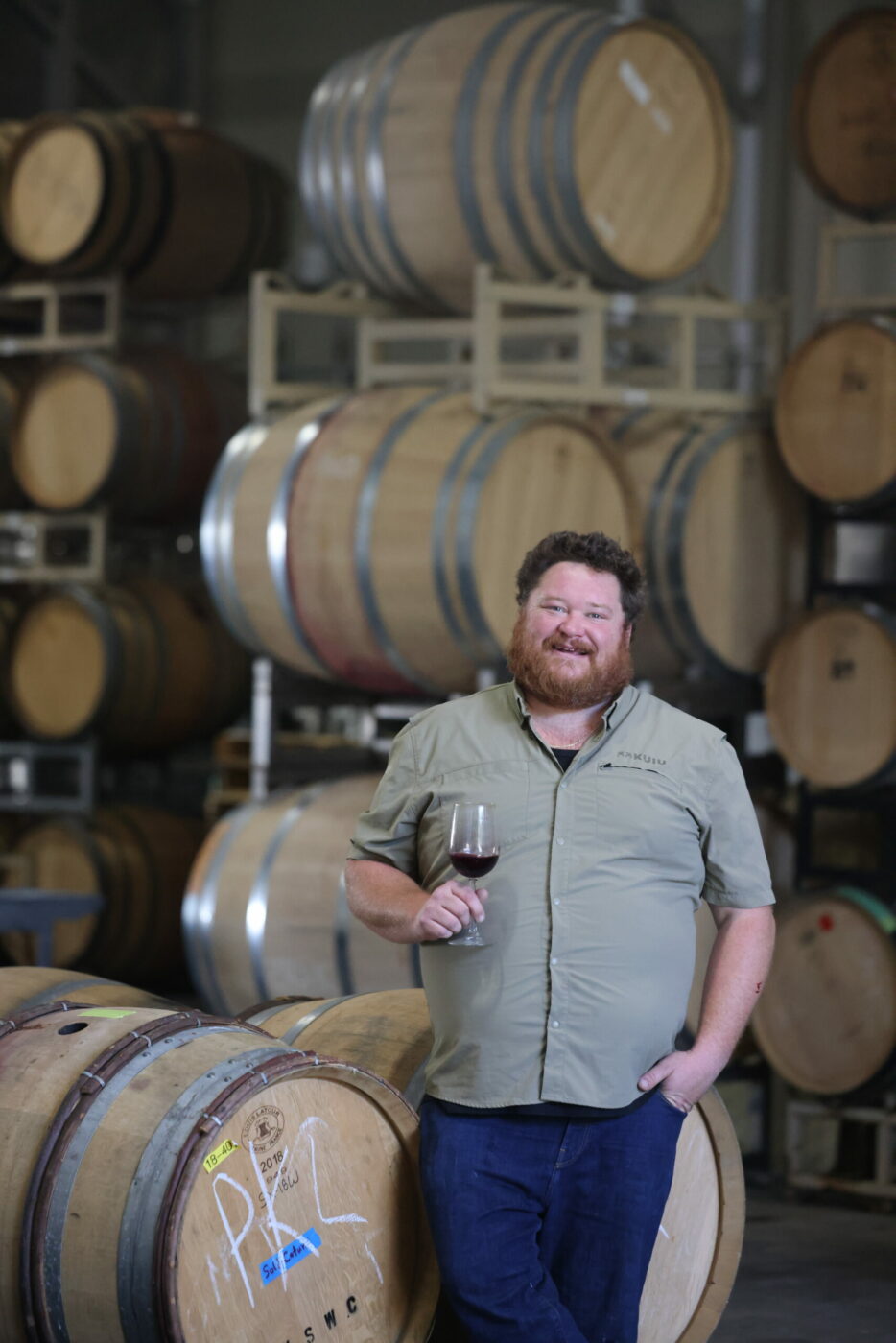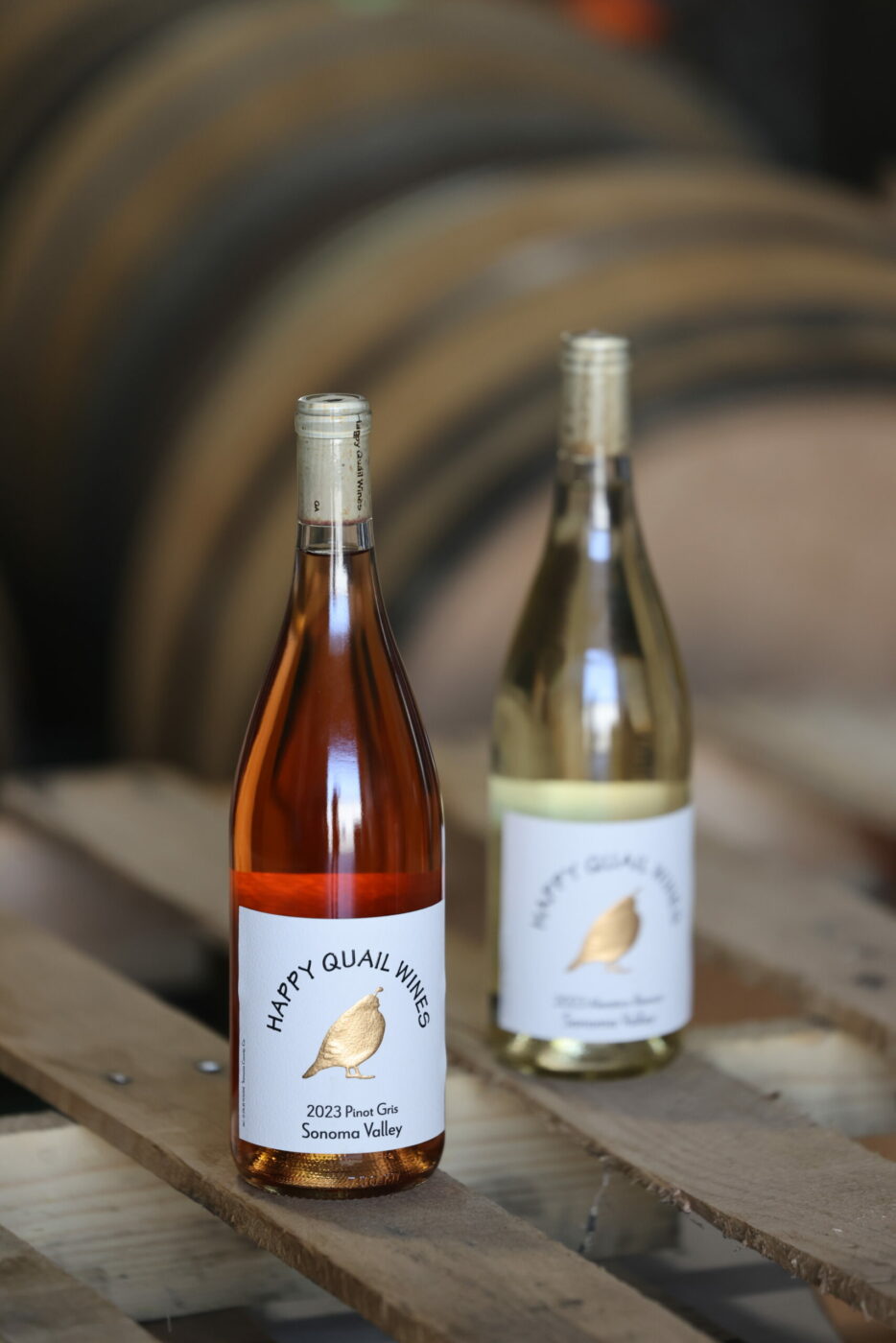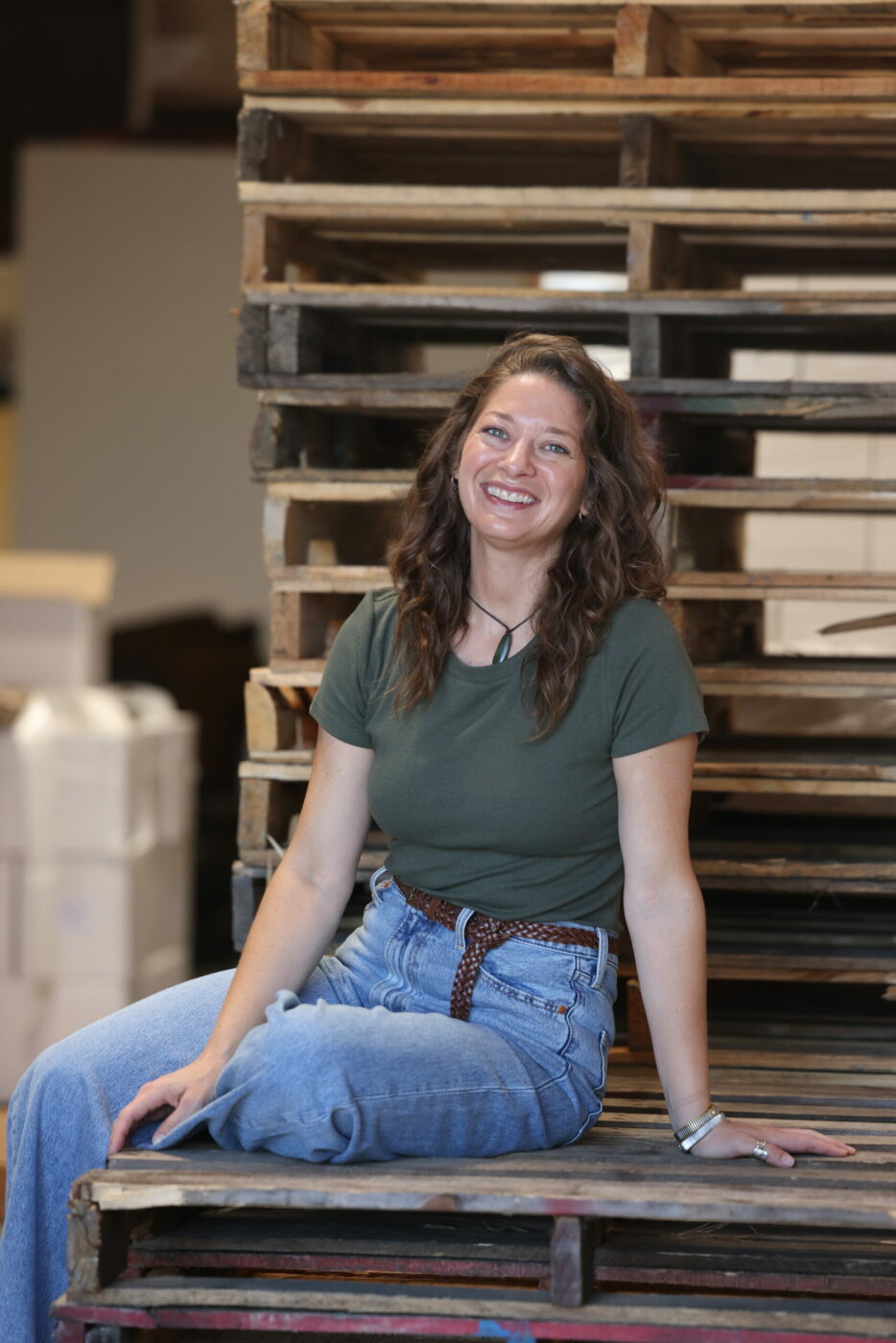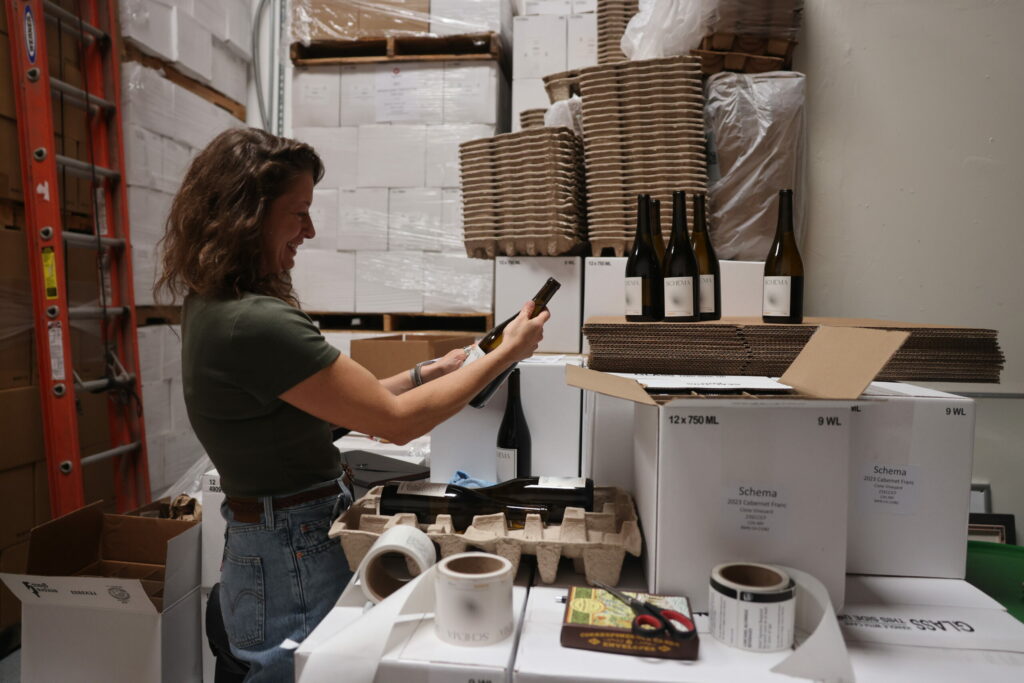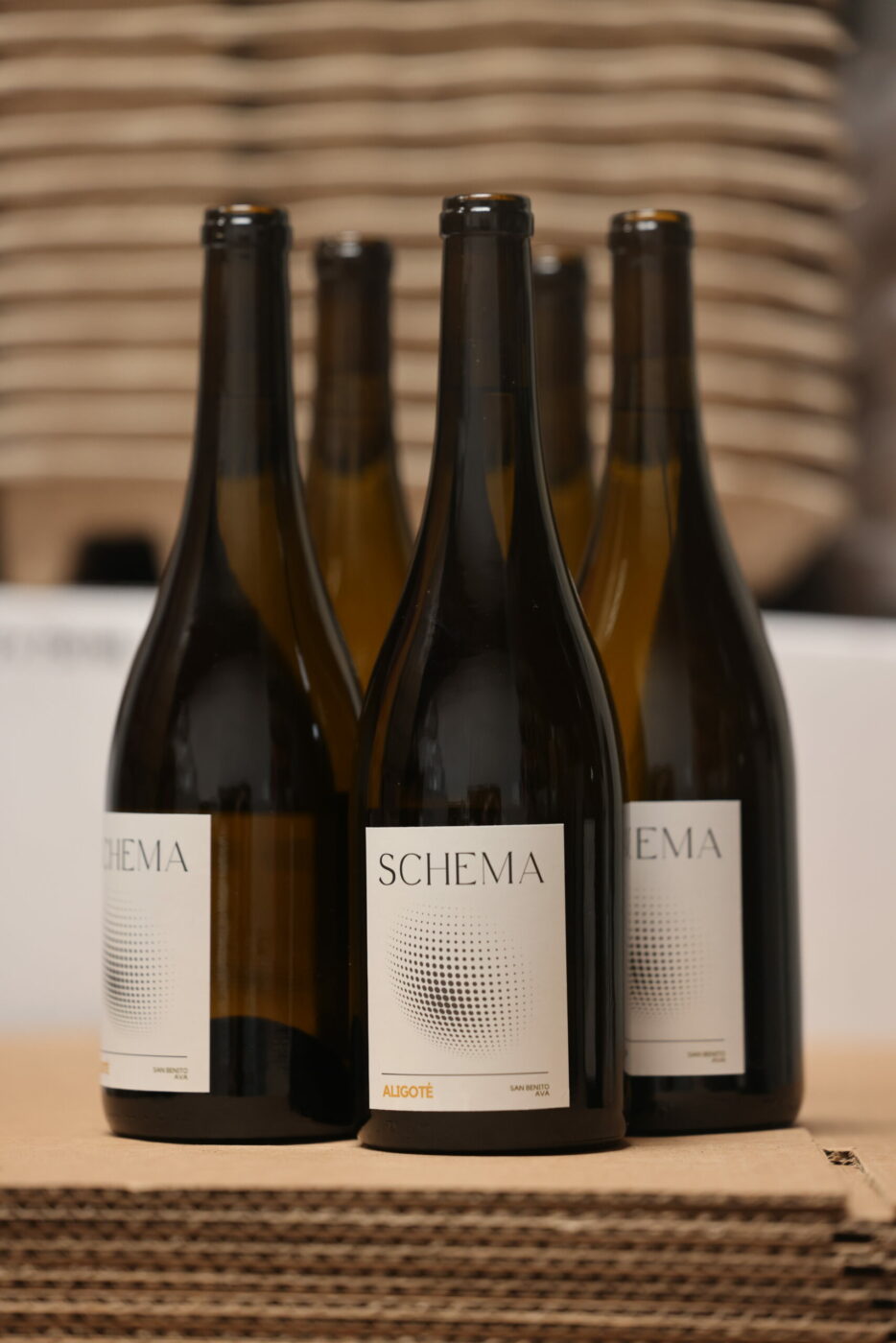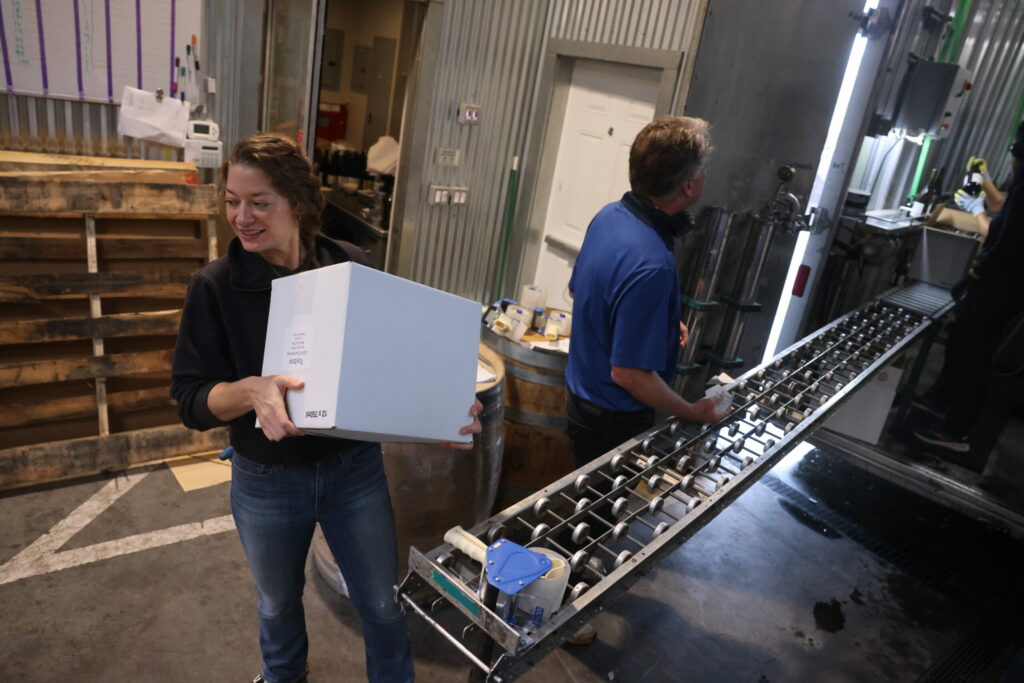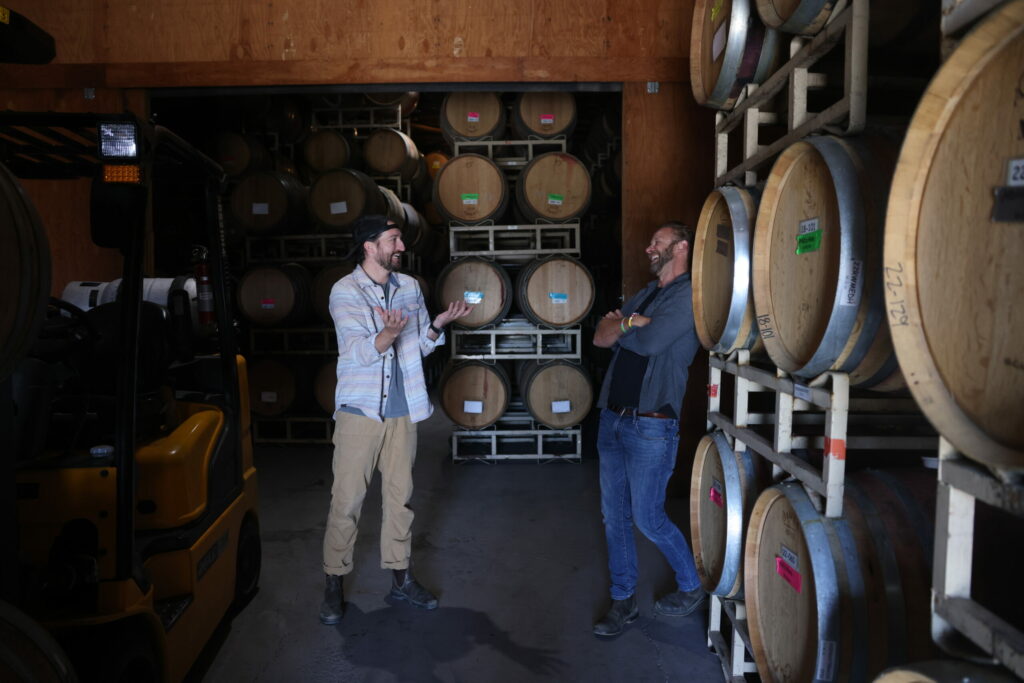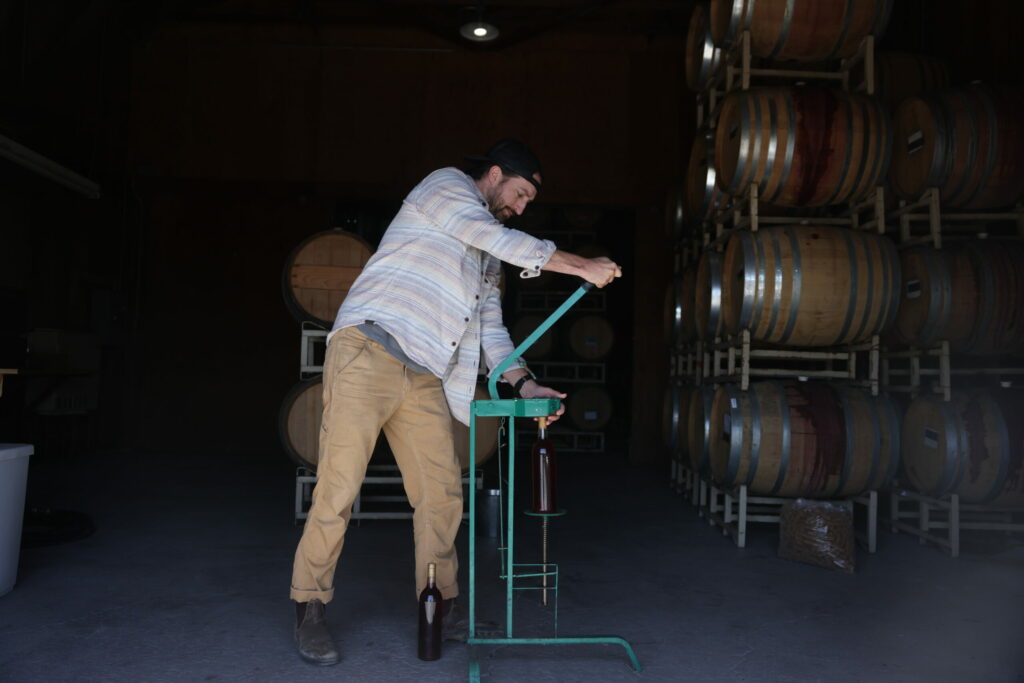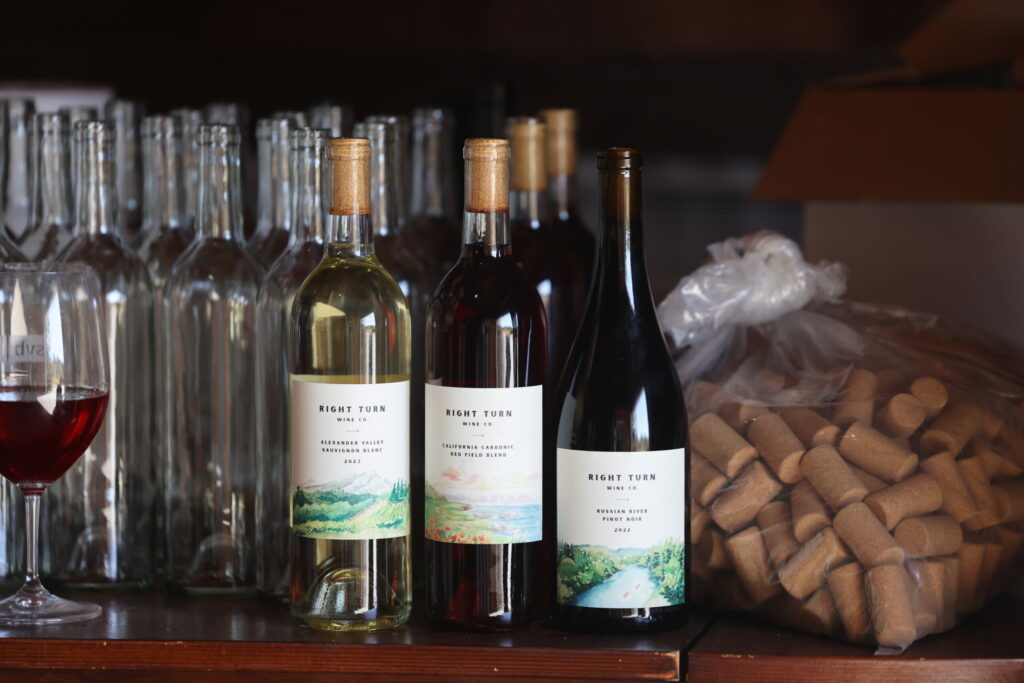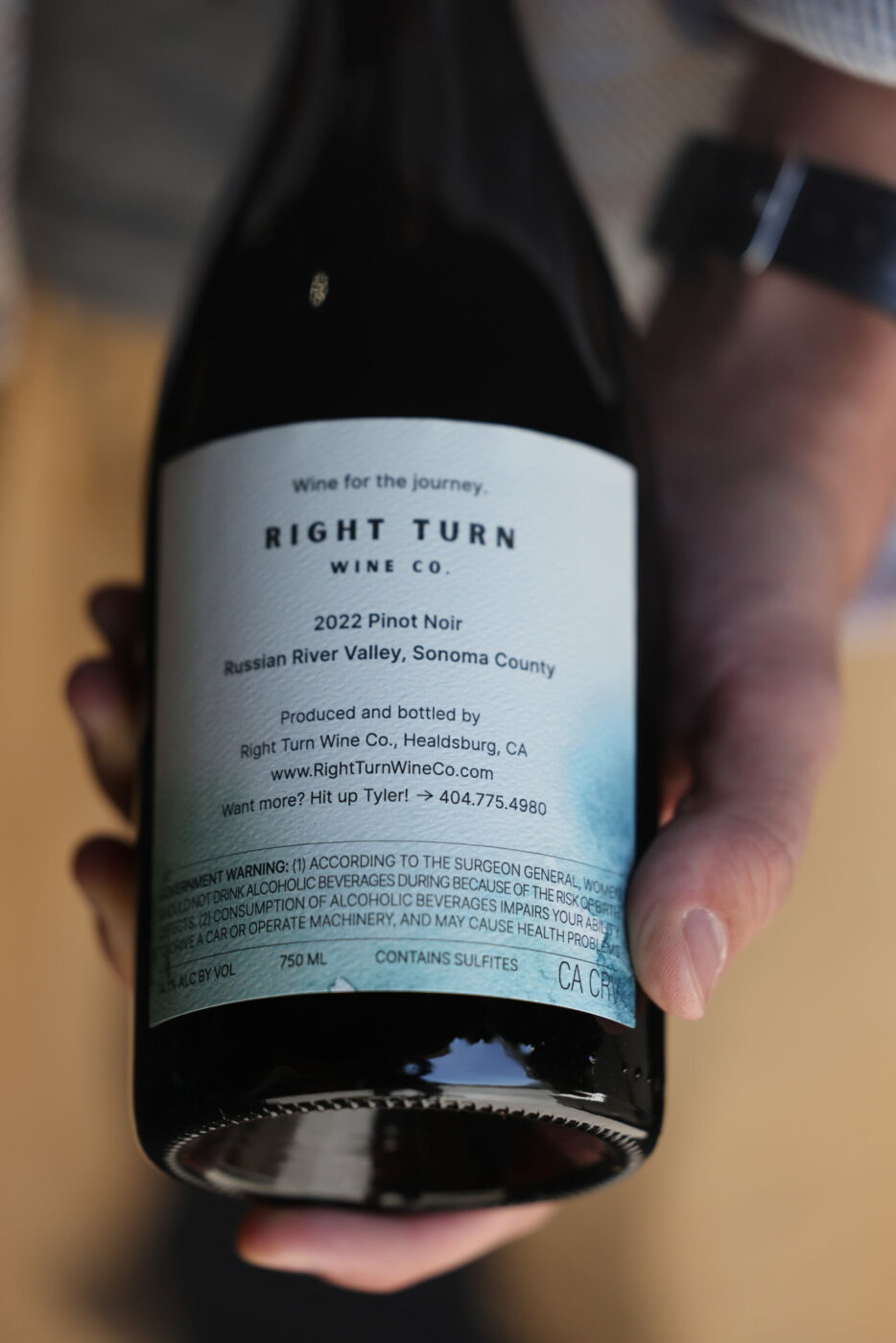Every harvest poses the eternal question: “When should we pick?”
It’s often a contentious debate between winemakers and vineyard managers. But this season, there are equally pressing questions. Growers, awash in a sea of grapes, are facing a huge glut in the market. They’re eager to find out, “Will I be able to sell my fruit this year?”
And for those just starting a winery during an epic downward slump in the industry, it’s a huge leap of faith: “Will anyone drink my wine?”
“You have to be a little crazy to do this,” says Amanda McKenna, who is launching Yarrow Wines this harvest, releasing her 2023 Albariño and 2024 vintages of Sauvignon Blanc and Riesling just as she’s about to harvest the 2025 vintage. “But things will always be scary. Things will always be intimidating. And there’s always going to be something that is telling you not to do it, whether it’s people drinking less or all the articles about how alcohol causes illnesses. But there’s always going to be that, so why not just go for it?”
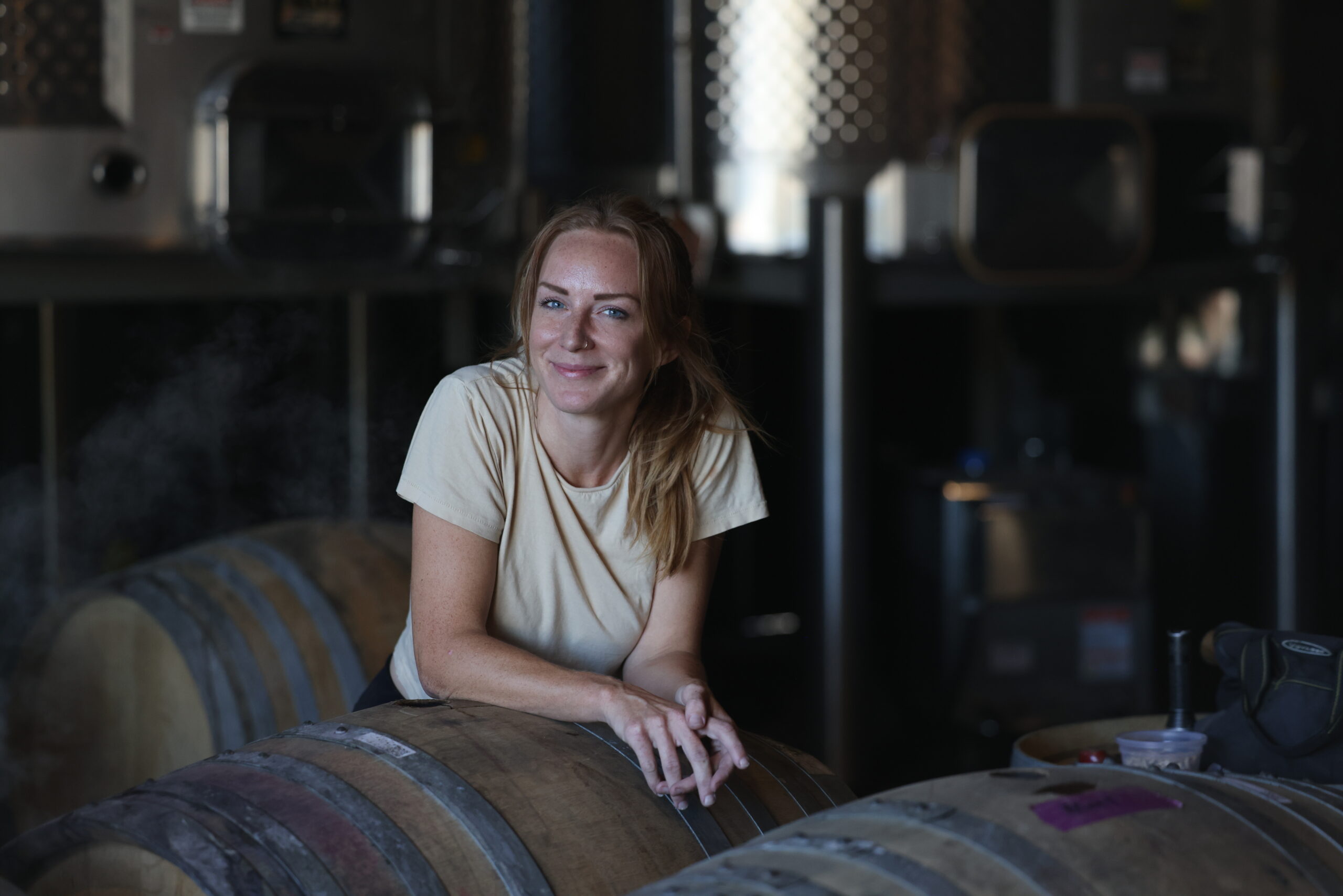
Signs of distress in the wine industry are everywhere. Nationwide wine sales dropped approximately 6% from 2023 to 2024, continuing a downward spiral since the surprise Covid-19 sales boom, according to industry data group SipSource.
Adding to the uncertainty, the U.S. surgeon general in January recommended cancer warning labels on bottles of alcohol. And competition from other drink sectors, especially pre-mixed cocktails and hard seltzers, along with cannabis, remains stiff.
Not surprisingly, the number of West Coast wineries dropped 4.3% last year, according to Wine Business Analytics. Carlisle Winery in Windsor closed last year, and Sbragia Family Vineyards in Geyserville shuttered its tasting room, along with other wineries around the Bay Area. Healdsburg’s Arista Winery sold its winery and estate vineyard but is holding onto the brand and continuing to make wine.
Starting a winery from the ground up can be daunting any time, but launching a new brand during this economic climate can feel almost masochistic.
“In the beginning, I was questioning my own sanity,” said Madelyn Hille, who started Schema Wines in 2023 with 150 cases of Cabernet Franc and 75 cases of Aligoté.

But at some point, a lifelong passion to make wine transcended logic, and she just went for it. “It’s been my plan for such a long time that I’ve kind of had to be like, ‘The hell with it,’ when it comes to the state of the industry, because I just need to follow my own plan and stick to my goals,” says Hille.
Raised on a strawberry farm in rural Ohio, she worked her way through restaurants and wine sales jobs, making her way out west, scoring gigs at Pax, Inman, and Merry Edwards wineries, while currently in the thick of her fourth harvest at Arnot-Roberts. Making her wine at Brooks Note Winery in Petaluma, Hille sources Cab Franc grapes from Alexander Valley and Aligoté grapes from San Benito County.
Tapping into connections she made while working as a wine buyer at Vinifera, Hille recently landed her Cab Franc on the wine list at Enclos, the buzzy new Michelin-starred restaurant in Sonoma. But for now, she’s not quitting her day job, which is actually a night job, bartending at Sweetwater Saloon in Mill Valley.
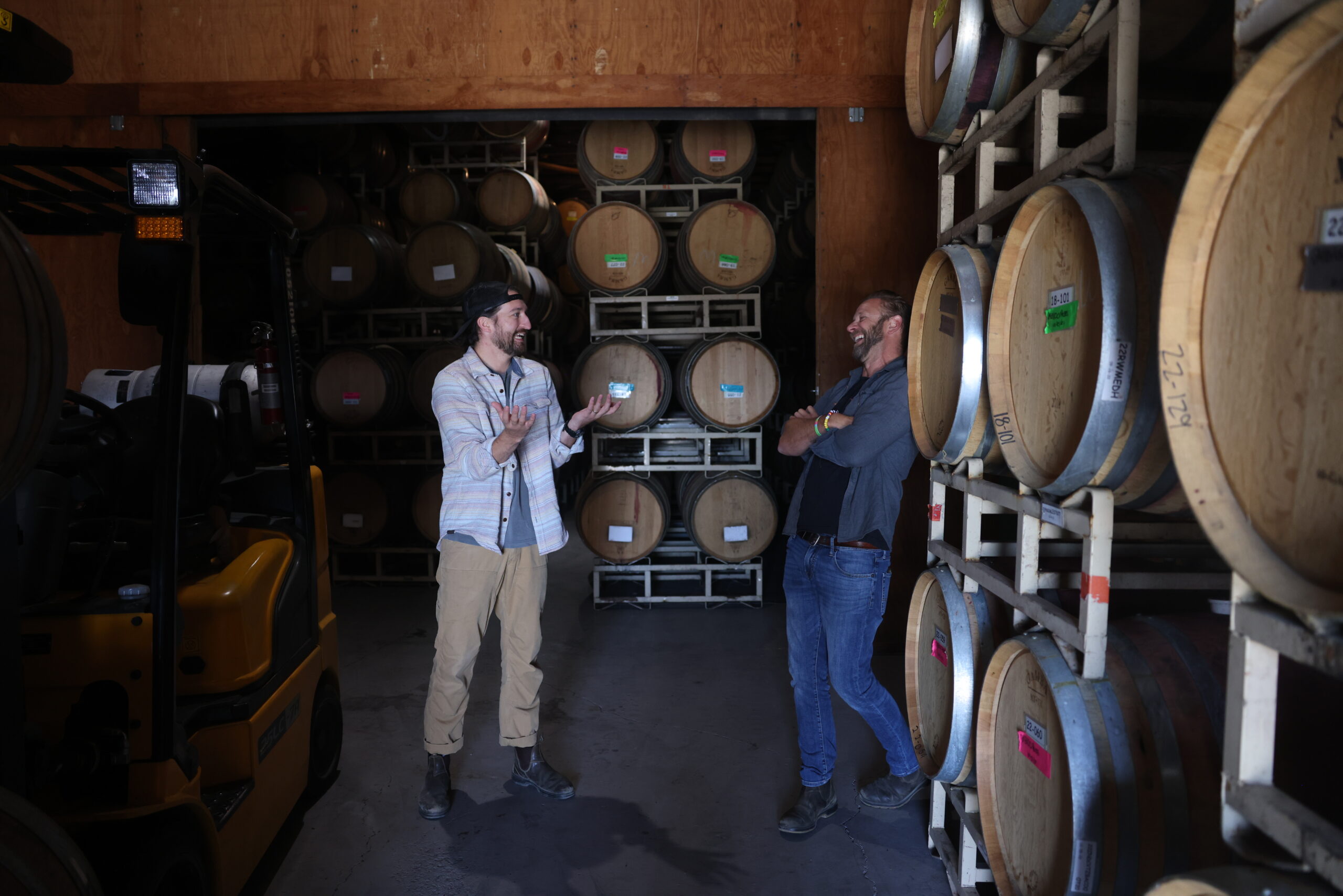
The key for most new-wave, rookie winery owners is to start small and stay small for the time being. When entrepreneur Tyler Hayes teamed up with Truett-Hurst winemaker Ross Reedy to launch Right Turn Wine Co. in 2022, they started with 300 cases of Pinot Noir and Syrah. Going forward, as they build almost entirely direct-to-consumer sales, they’re keeping production right around 150 cases per varietal, branching out with a carbonic Zinfandel blend and Sauvignon Blanc.
“We’re both definitely driven a little bit more by passion,” says Hayes, who loves a good side hustle, including a cheesesteak pop-up he runs with his wife called Golden Steak Warriors. “But we’re not necessarily rushing into things unprepared. We’re definitely kind of stepping lightly, and not trying to buy a bunch of new flashy equipment or take on a loan. I think before this downturn, you saw a lot of folks lining up those deals.”
Hayes sees this latest industry dip as a thinning of the herd in a market that’s oversaturated with wineries. Setting yourself apart is the key, he says. “It’s about the casual nature and the willingness to engage. There’s this accessibility that certain brands don’t have, right?”
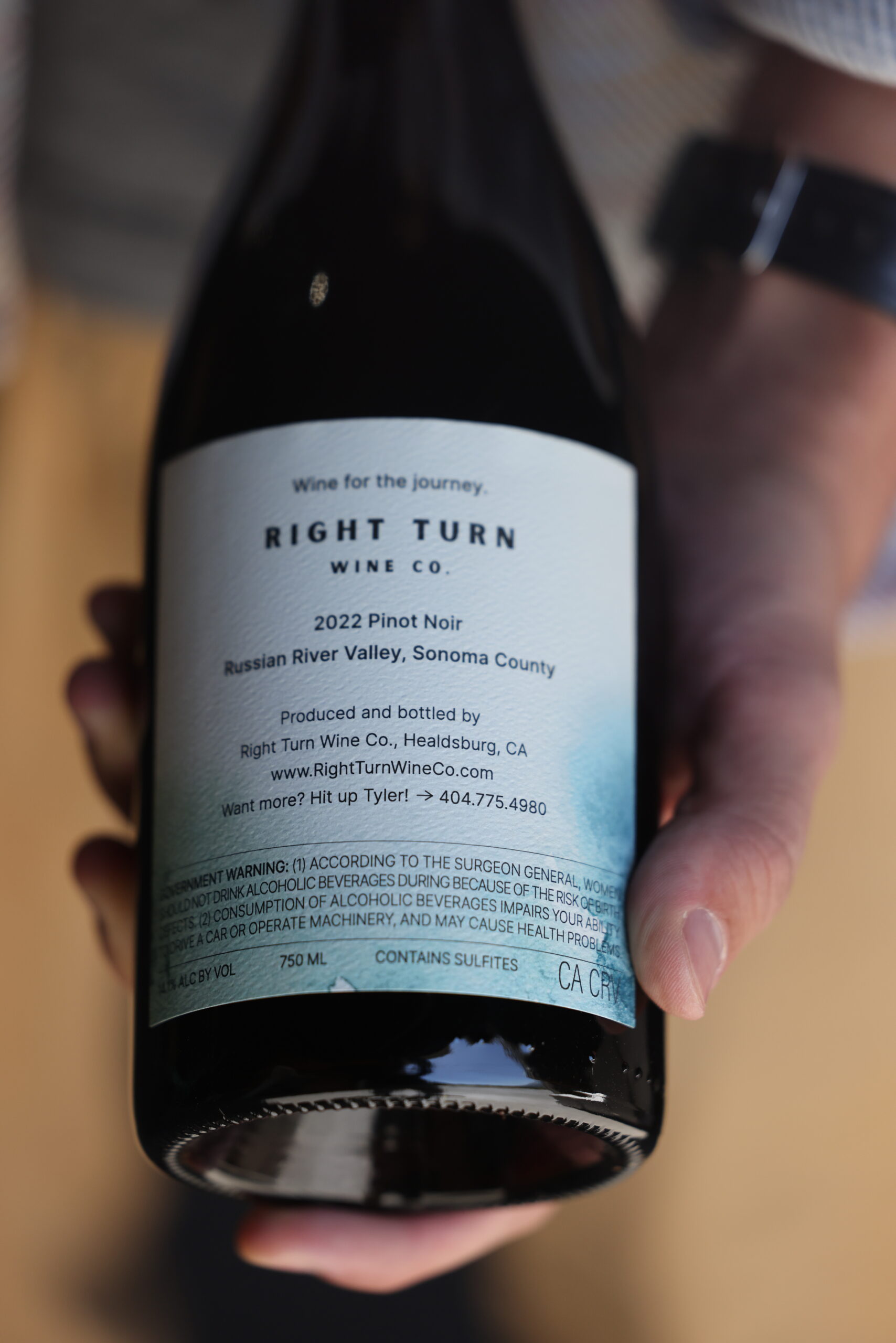
That’s why he lists his phone number on the back of every bottle, and why he gets late night photos of empty bottles lining restaurant tables and the occasional tipsy voicemail. “I want somebody to text me and tell me they had a great time, or whatever they thought about the wine. It’s all about connecting with folks and telling a story. Everyone has been talking about telling a story with wine since the beginning.”
For her first vintage of Pinot Noir in 2021, Caren Hatton also started “super-small” with 120 cases of Nestweaver, a boutique brand she named after her grandmother. Hatton, who also owns Arietta Winery in Napa, had dreamed of making a Burgundian-style coastal Pinot for nearly 20 years. After discovering the 7.6-acre Corpuel Family Vineyard outside Sebastopol, she jumped at the chance. At the time, in a market still flush with Covid sales, it didn’t feel like a huge risk. In 2023, Hatton doubled production to 240 cases. But this harvest, as she cuts production at Arietta almost in half, going from 3200 cases to under 2000, she doesn’t plan on scaling up Nestweaver.
“I’m taking it very slowly, and I’m not getting upset about 2022 not moving quite so quickly, Hatton says. “But again, it’s a very small production, and I’m not getting ahead of myself in terms of wanting to get it out into the market for the wrong reasons.”
At this point, DIY is the mantra for most new winery upstarts. That’s how Isaac and Emily Jenkins are making a go of it at Happy Quail Wines in Sonoma.
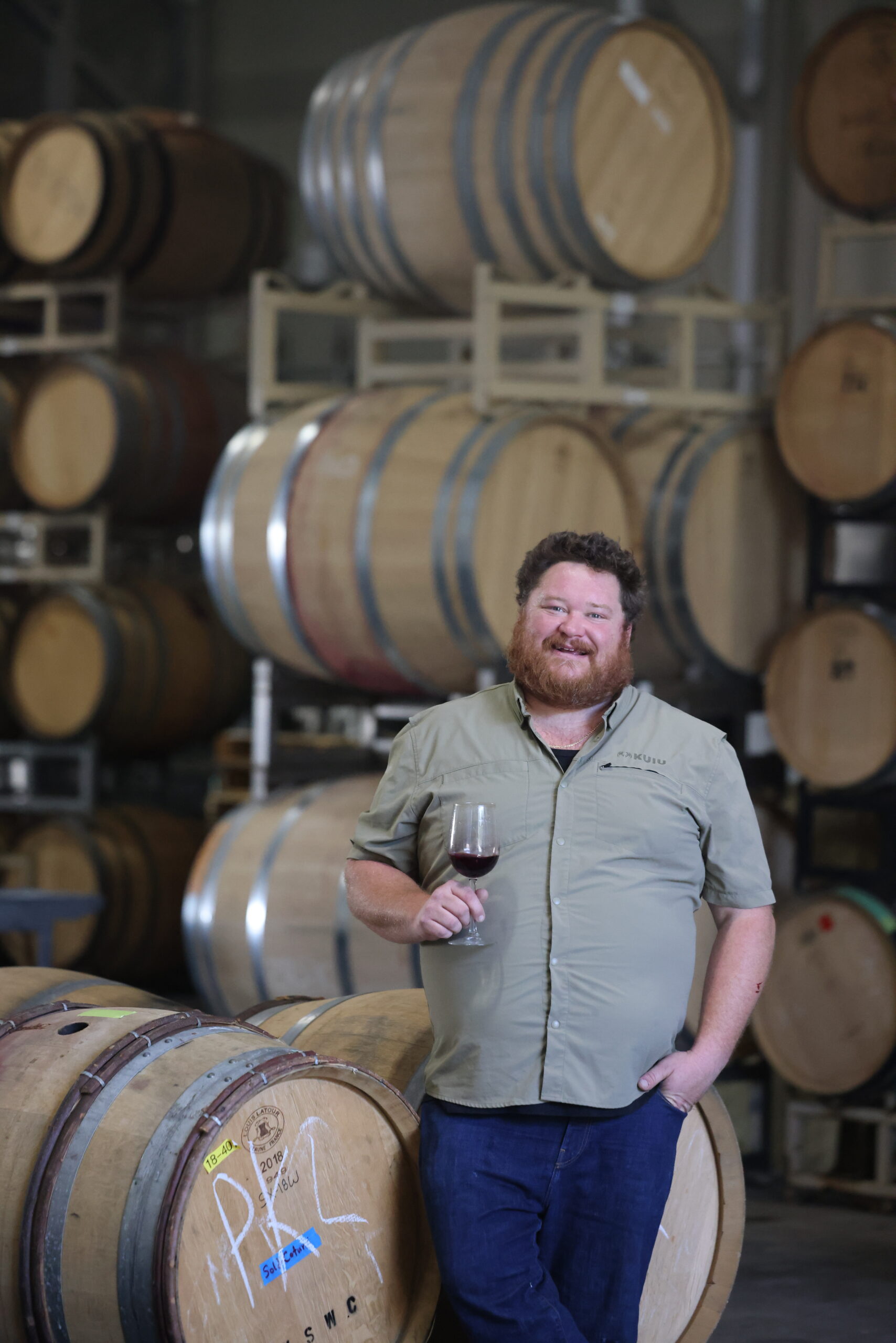
“To make money in this industry, you need to be making the wine yourself, and not paying someone else to make it,” says Isaac Jenkins, who makes his wine at Magnolia custom crush facility. “And you’re gonna be growing the grapes, and you got to be willing to do your sales. And you’re still going to struggle.”
Carrying on his family’s 137-year tradition of making wine and growing grapes, Jenkins tends over 100 acres for more than a dozen clients as part of the family business Madrone Vineyard Management. He also leases 8 acres to make his wine, first launching a white wine made from red grapes, the 2023 Aleatico Bianca and a skin-contact 2023 Pinot Gris, followed by Moon Mountain Zinfandel, a red blend, and Sonoma Valley Cabernet Sauvignon.
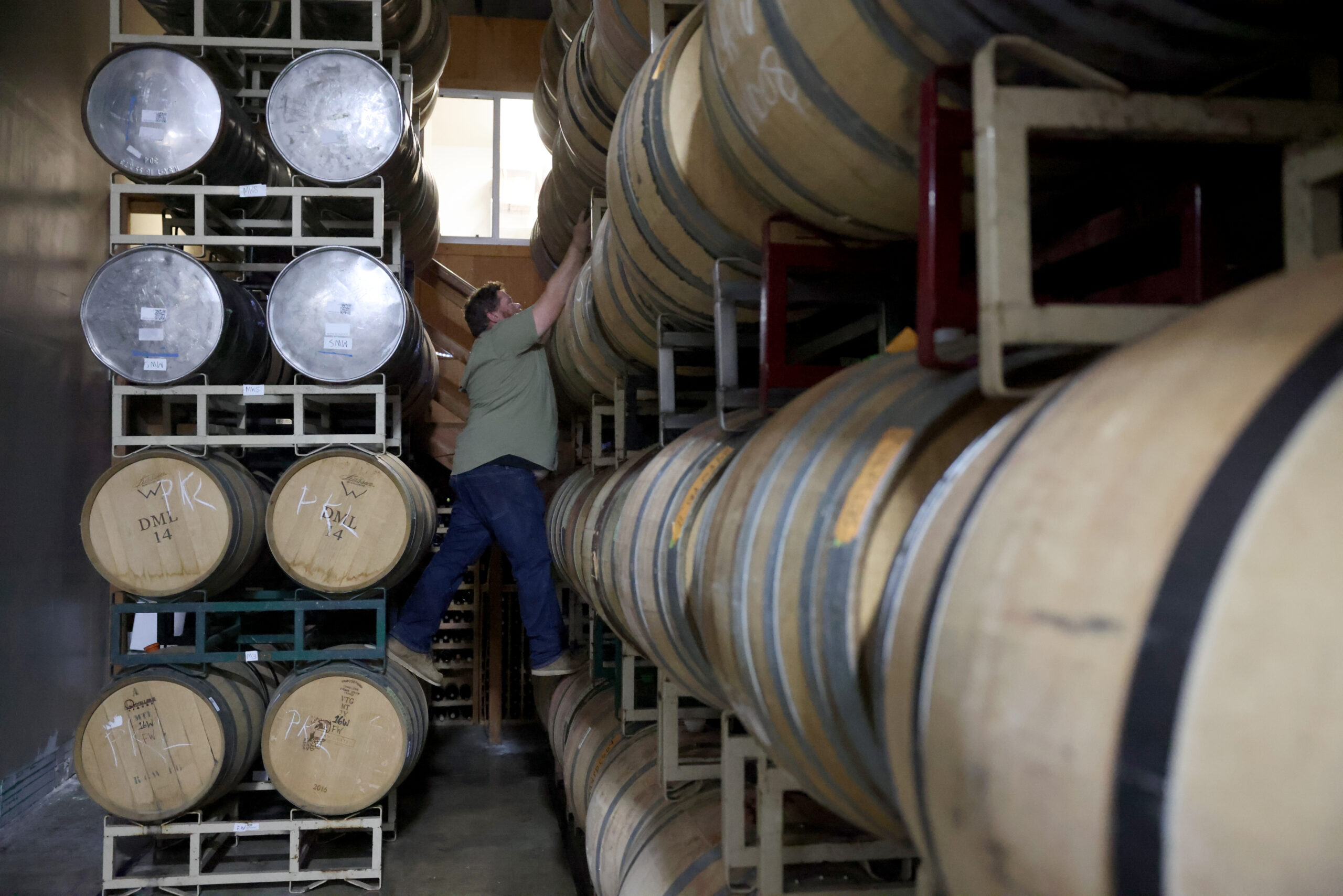
To make their wines more accessible, the Jenkinses are opening a Happy Quail tasting room at the historic Indian Springs Ranch in Kenwood, formerly owned by pioneering winemaker George MacLeod. Carving out their own niche for the future, Isaac Jenkins is experimenting with distilling brandy, harkening back to his great-grandfather who was a bootlegger. “My dad drinks brandy and my grandfather drinks brandy,” he says. “During these tough times, I didn’t want to miss a chance to make it before, you know, if we’re potentially out of the industry.”
At Yarrow, McKenna wears so many hats it’s hard to keep up—she’s winemaker, operations manager, vineyard scout, truck driver, web developer, accountant, salesperson, and social media manager. “It’s terrifying and exciting all at the same time,” she says. But she draws the line at artist and graphic designer, hiring someone she found on Instagram to create labels.
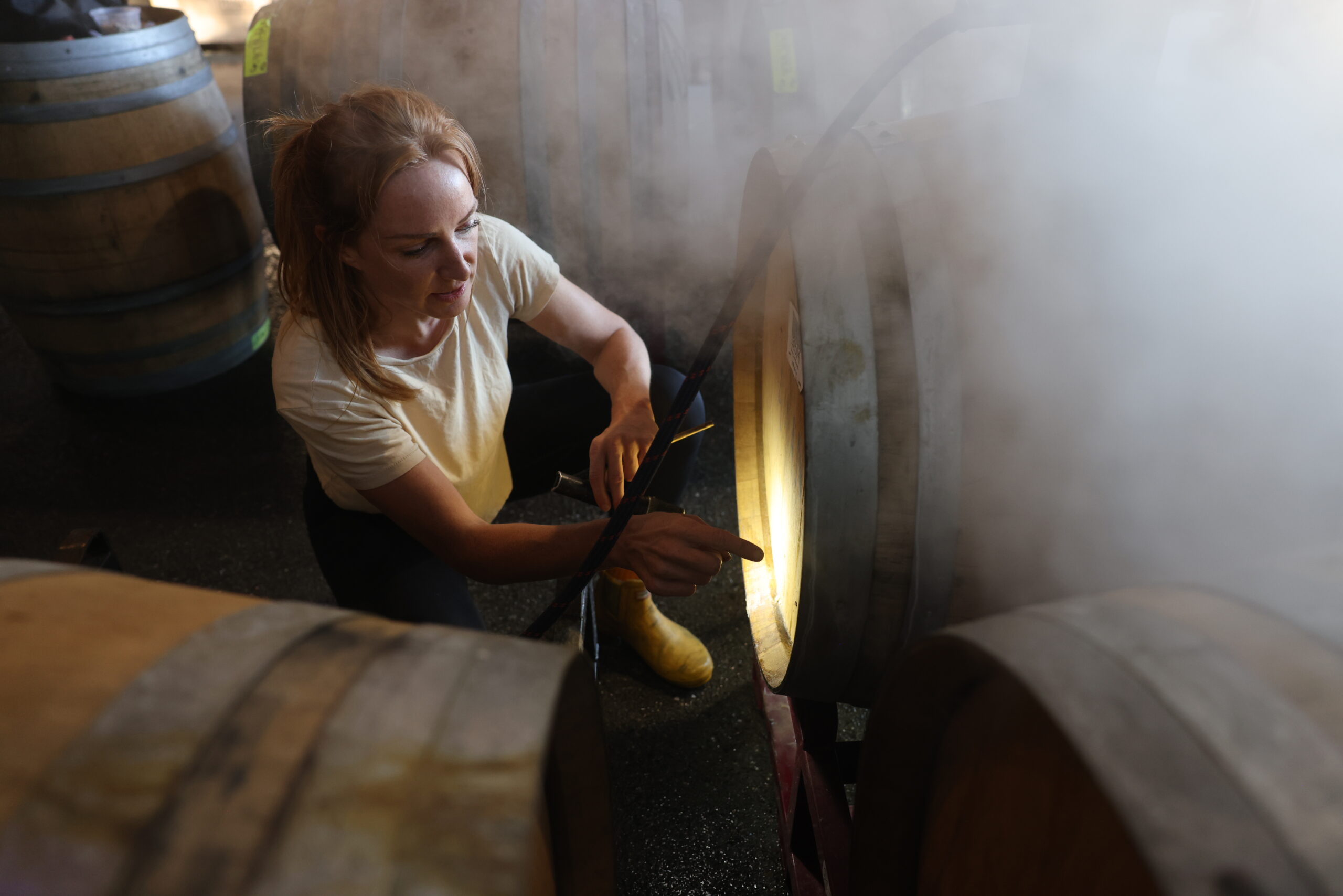
“It’s kind of like bootstrapping it, you know, and leaning on your community to help you and support you in any way possible. There’s that old adage that people say: ‘How do you make a fortune in wine? You start with a small fortune.’ I don’t think myself, or any of my peers that are starting wineries right now, have that small fortune. We’re all just trying to make it work in any way we can. It’s really just leaning on those around us to help.”
McKenna has only invested a little over $10,000 in the new winery, partly by keeping it on a micro-boutique level, launching with only 250 cases of wine. But mostly thanks to the support from Ryan and Megan Glaab, owners of Ryme Cellars, where McKenna works both in the cellar and on the hospitality and marketing side. In the tradition of paying it forward, the Glaabs allow her to make her wines at their rustic Forestville winery. It’s how Ryan got his start. While paying his dues for 10 years as assistant winemaker at Pax Winery, owner Pax Mahle gave him the space to experiment with his own wines.
In fact, Ryme started under similar economic constraints in 2007, eventually launching in 2009 “during the peak of the real estate financial crisis,” McKenna says.
Looking back over the centuries, the wine industry has weathered many economic challenges, from Prohibition to phylloxera and the Great Recession. “If you think about it, wine has been around for thousands of years and it’s not going anywhere,” McKenna says. “I think there’s just a shift, and there’s always going to be a shift. And I think there’s always room for something new in any industry. So, while it’s scary, it’s not that scary, because we’re not going anywhere.”


